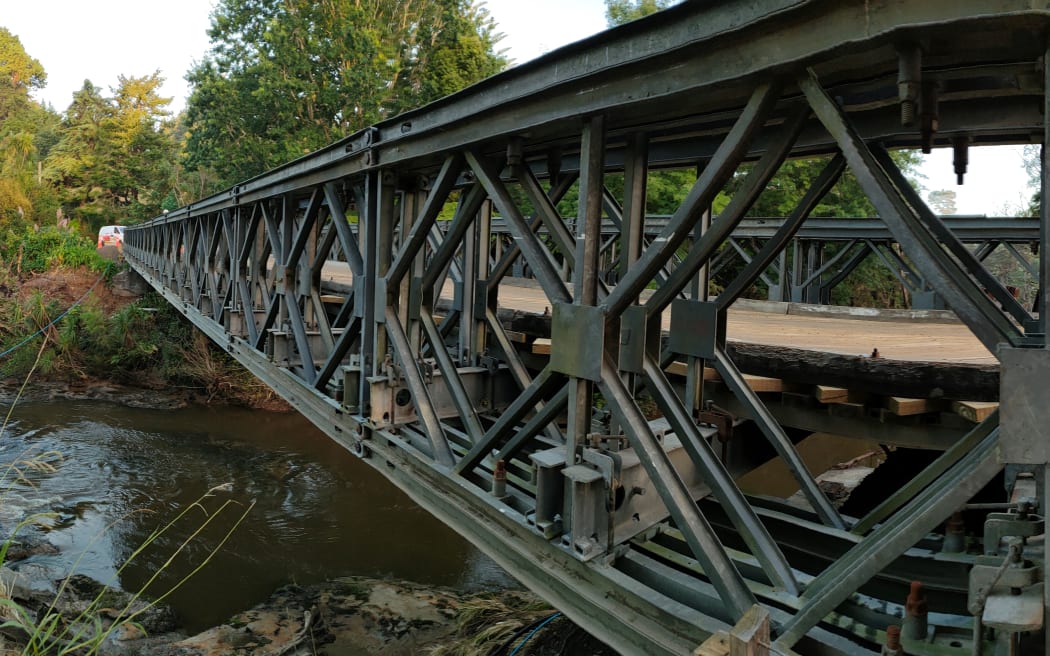
“The roading network has been hit hard in cyclone- and flood-affected areas,” Wood said.
“Our primary focus has been getting lifeline roads open and reconnecting isolated communities.
“We’ve been able to use Bailey bridges as an interim measure to reconnect communities while longer-term solutions to damaged bridges are explored. Works are under way on three bridges, with a further three completed.
“The quick roll-out of the Bailey bridges has been enabled by the Government’s $250 million top-up to the National Land Transport fund, and of course, the work and dedication of the contractors. I want to thank everyone who has been working on the ground to get these connections restored.
“We’ve moved quickly with the support of NZDF assets to get Bailey bridges into the hardest-hit regions and restore pivotal transport routes for the communities.
“We’ll continue to work with local councils to identify where Bailey bridges could help restore essential transportation links, and are currently assessing the suitability of sites in Hawkes Bay and Tairāwhiti for further Bailey bridges.
“Bailey bridges are only one of the tools we’re using to reconnect communities in the short term. Other options including diversions through private property, single lane access, and speed or weight restrictions are also being considered.
"As we work through suitability assessments we’ll have a clearer idea of what resources are best suited to meet communities’ needs.
“We have a large job ahead to determine the extent of which state and local roads can be rebuilt and which cannot or should not be replaced.
“This work will take some time, and so the Government’s focus has been to install interim measures while more permanent and resilient solutions are put in place,” Wood said.











